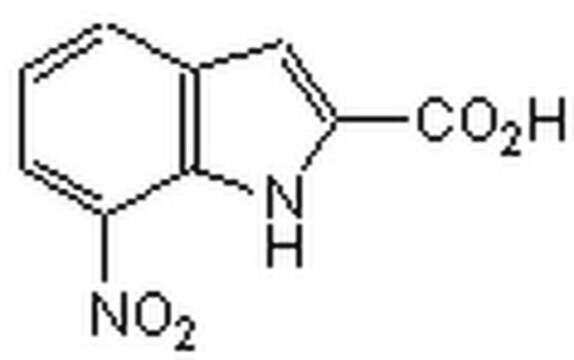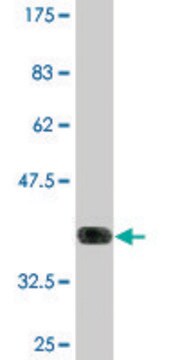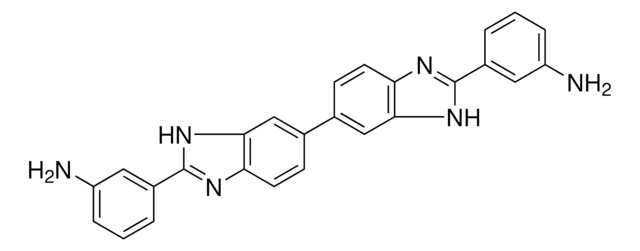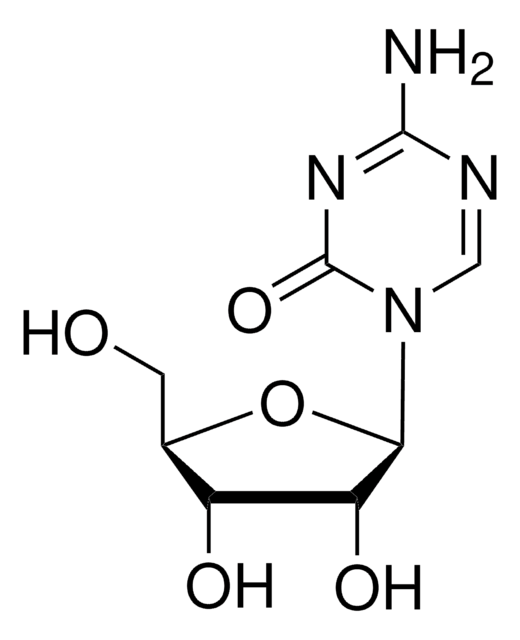262017
APE1 Inhibitor III
The APE1 Inhibitor III controls the biological activity of APE1. This small molecule/inhibitor is primarily used for Cell Structure applications.
別名:
APE1 Inhibitor III, Apurinic Endonuclease 1 Inhibitor III, Apurinic/Apyrimidinic Endonuclease 1 Inhibitor III, N-(3-(1,3-Benzo[d]thiazol-2-yl)-6-isopropyl-4,5,6,7-tetrahydrothieno[2,3-c]pyridin-2-yl)acetamide, N-(3-(1,3-Benzo[d]thiazol-2-yl)-6-isopropyl-4,5,6,7-tetrahydrothieno[2,3-c]pyridin-2-yl)acetamide, Apurinic Endonuclease 1 Inhibitor III, Apurinic/Apyrimidinic Endonuclease 1 Inhibitor III
About This Item
おすすめの製品
品質水準
アッセイ
≥95% (HPLC)
形状
solid
メーカー/製品名
Calbiochem®
保管条件
OK to freeze
protect from light
色
brown
溶解性
DMSO: 2.5 mg/mL
輸送温度
ambient
保管温度
2-8°C
SMILES記法
CC(C)N(CC1)CC2=C1C(C3=NC4=C(C=CC=C4)S3)=C(S2)NC(C)=O
詳細
生物化学的/生理学的作用
APE1
包装
警告
再構成
その他情報
法的情報
保管分類コード
11 - Combustible Solids
WGK
WGK 2
引火点(°F)
Not applicable
引火点(℃)
Not applicable
適用法令
試験研究用途を考慮した関連法令を主に挙げております。化学物質以外については、一部の情報のみ提供しています。 製品を安全かつ合法的に使用することは、使用者の義務です。最新情報により修正される場合があります。WEBの反映には時間を要することがあるため、適宜SDSをご参照ください。
Jan Code
262017-MG:
262017-10MG:
試験成績書(COA)
製品のロット番号・バッチ番号を入力して、試験成績書(COA) を検索できます。ロット番号・バッチ番号は、製品ラベルに「Lot」または「Batch」に続いて記載されています。
ライフサイエンス、有機合成、材料科学、クロマトグラフィー、分析など、あらゆる分野の研究に経験のあるメンバーがおります。.
製品に関するお問い合わせはこちら(テクニカルサービス)








